If you’ve ever thought about getting a setup for whole house audio, ceiling speakers will have definitely crossed your mind. Although they are on the minds of many, not everyone is familiar with ceiling speakers and how they work. This makes it hard when deciding whether to get one. One thing you can be sure of though, ceiling speakers have a whole lot to offer.
People often wonder about the supporting hardware needed for ceiling speakers. That is, what devices like receivers and amplifiers do you need to pair with the ceiling speakers to complete your setup? Ceiling speakers offer great quality to any home audio system.
There are two basic types of ceiling speakers, and one of them requires an amplifier as support hardware. For great quality innovative audio solutions, Arylic is your best option. In this article, we’ll be taking you through on understanding ceiling speakers and the role of amplifiers.
Understanding Ceiling Speakers
As the name implies, ceiling speakers are designed to be installed hidden away in your ceiling. They are very popular among people that like to keep space in their home or love a nice surround sound effect. Like regular speakers, ceiling speakers convert electrical signals into audio waves.
The main difference between ceiling speakers and regular speakers is where they are stationed. Ceiling speakers are installed in the ceiling of your home. They produce dispersed sound, which gives you a unique immersive experience. There are two major types of ceiling speakers:
Active (Powered) Ceiling Speakers
Active ceiling speakers or powered speakers have built-in amplifiers. Therefore, they do not need an external amp to function. They are easy to install, as they only require the power cable to be connected for it to work. While built-in amplifiers in active speakers are convenient, they may not always match the sound quality achievable with high-quality external amplifiers, though some premium active models are designed to compete favorably.
Active speakers are a good choice for small spaces and simple audio setups since you only require regular quality and easy installation. However, for a large area, you will need something better. Active speakers don’t produce high-quality sound like passive speakers.
Passive Ceiling Speakers
Passive speakers do not have in-built amplifiers. This means they need an external amp to work. Passive speakers are very popular among ceiling speakers, and they have more flexible options. They allow you to select from a wider range of sound quality options.
Installing passive speakers can be more complex than active speakers, as they require running both audio and power cables. Note that 'wireless' ceiling speakers typically refer to the absence of audio cables; these speakers still require a power connection, which may be wired. Here’s how the setup of passive ceiling speakers usually works:
- An external freestanding amplifier will be connected to the speakers with cables.
- You can use any audio source of your choice, like a multi-zone receiver, CD player, or streaming platform.
- There will be cables run across from the amplifier to each individual speaker. Most times, the cables are passed through the walls or ceiling to preserve the beauty of your home.
- The cables connect to terminals at the back of the speakers. The speaker receives power from the amplifier through the cables to transmit audio.
When connecting multiple speakers to an amplifier, it is important to match the speakers’ requirements with the amplifier’s specifications. The amount of power delivered from the amp should’nt be too much for the speakers. For example, do not use a 400W amplifier for 40W speakers. It might damage the speakers.
It's crucial to match the amplifier’s output capacity with the speaker’s impedance to ensure optimal performance and prevent damage to both the speakers and the amplifier. A speaker requires an amplifier, regardless of whether it is passive or active.
The Role Of Amplifiers In Audio Systems
Why do ceiling speakers need an amplifier to work? A stereo amplifier is simply an appliance that boosts the original power of a signal. In relation to audio setups, amplifiers collect low voltage signals from a source, and amplify those signals so they come out of your speakers as sound.
Without an amp, your speakers will not be able to produce audible sound. Ceiling speakers especially, require an amplifier. This is because they need to disperse sound over a larger area than other speakers. Most ceiling speakers are passive speakers. This means they require an external amp.
If your ceiling speaker has no amplifier connected to it, it won’t be able to produce sounds.
Why You Need An Amplifier For Your Ceiling Speakers
Amplifiers have various uses and benefits. If you are someone who cares a lot about sound quality, then you definitely need an amplifier for your ceiling speakers. Whether you are a music streamer, or you simply love good music, here are some reasons why you need an amp for your ceiling speakers:
1. Better Sound Quality
Amplifiers work as a source of power supply for ceiling speakers. They improve the sound quality of an audio setup. The amplifier serves as a driver for your speakers, and built-in amplifiers do not have as much sound quality as independent amps.
2. Adjusting Volume
Imagine trying to adjust the volume button on your ceiling speakers while they are up in the ceiling. This is an almost impossible task. However, an audio setup with an amplifier doesn’t have this problem.
You can easily increase or decrease the volume of your speakers using the amplifier. Most amplifiers come with a remote control you can use to easily adjust the volume. Some of them even have phone apps that improve your convenience level. They even help you control the volume when far away from the amp.
3. Other Functions
Another thing you can do with an amplifier include connecting to multiple speakers to enjoy a whole-house audio experience. Quality products like the Arylic 50+, and Arylic 30+ amplifiers, support multi-room audio play. This function allows you to play the same audio in multiple rooms at once.
These quality amps also feature an airplay amplifier and spotify connection, which is an added bonus if you are a spotify streamer. You can also connect to various radio stations with the help of the 4 stream app.
Some ceiling speakers also work with external inputs like television sets and CD players. Meaning, you can connect your TV to the speakers and listen to what you’re watching on them.
How To Select An Amplifier For Your Audio System
When you get ceiling speakers, you also need to get an amplifier for them. How do you know which amplifier to choose from several options? Compatibility is crucial when choosing an amplifier. You must ensure the amp gives you the best sound quality, while also protecting your speakers from damage. Factors you need to consider when selecting an amp include:
● Impedance
The impedance of a speaker refers to the circuit’s resistance to current. It is measured in Ohms. You need to find out the nominal impedance of your speakers, and the type before getting an amplifier or the speaker will obstruct the flow of electricity from the amplifier.
The nominal impedance of ceiling speakers are usually written among the specifications of the equipment. You can also find it on the label of the speakers. The number usually ranges between 4, 8 and 16 Ohms.
● Power
Power represents the rate at which energy moves or is transferred . It is measured in Watts, and you can easily find the power rating in the technical specifications of the speakers. Usually ceiling speakers have more than one power rating. What is the reason for this?
The maximum amount of power a speaker can withstand in a short term without incurring damage is called Peak Power. However, what you should mainly focus on when it comes to speaker power is the Continuous Power Rating. This rating represents the power a speaker can handle over time.
More power does not necessarily mean more volume. What determines the level of loudness of ceiling speakers is their sensitivity. For example, some speakers produce louder audio than others when using the same amplifier power level.
Arylic’s Solutions For Amplifying Ceiling Speakers
Arylic is one of the leading brands when it comes to audio solutions for home and commercial use. We offer a wide range of amplifiers that are suitable for various types of ceiling speakers. Some of our products include the A50+ wireless stereo amp, B50 SE bluetooth amp, SA100 wireless wall amp, and HA400 4-zone network amplifier. All our products are made using only the best quality materials.
Arylic also offers installation services in case you require expert assistance. Our amplifiers possess special characteristics like multiple connectivity options, exquisite sound quality, and gapless playback.
Conclusion
Choosing the right amplifier for ceiling speakers might seem like a job for professionals. However, anyone can do it if they have the right knowledge. With a suitable amplifier, your ceiling speakers will produce only the best audio quality, and they will be protected against any electrical damage.
While many ceiling speakers are passive and require an external amp, there is also a wide selection of active ceiling speakers available that do not require additional amplification.
Although there are some exceptions, they are quite few. Are you looking for a place that can provide all your audio solutions, Arylic is the place for you. Check out our products to see what works for you.

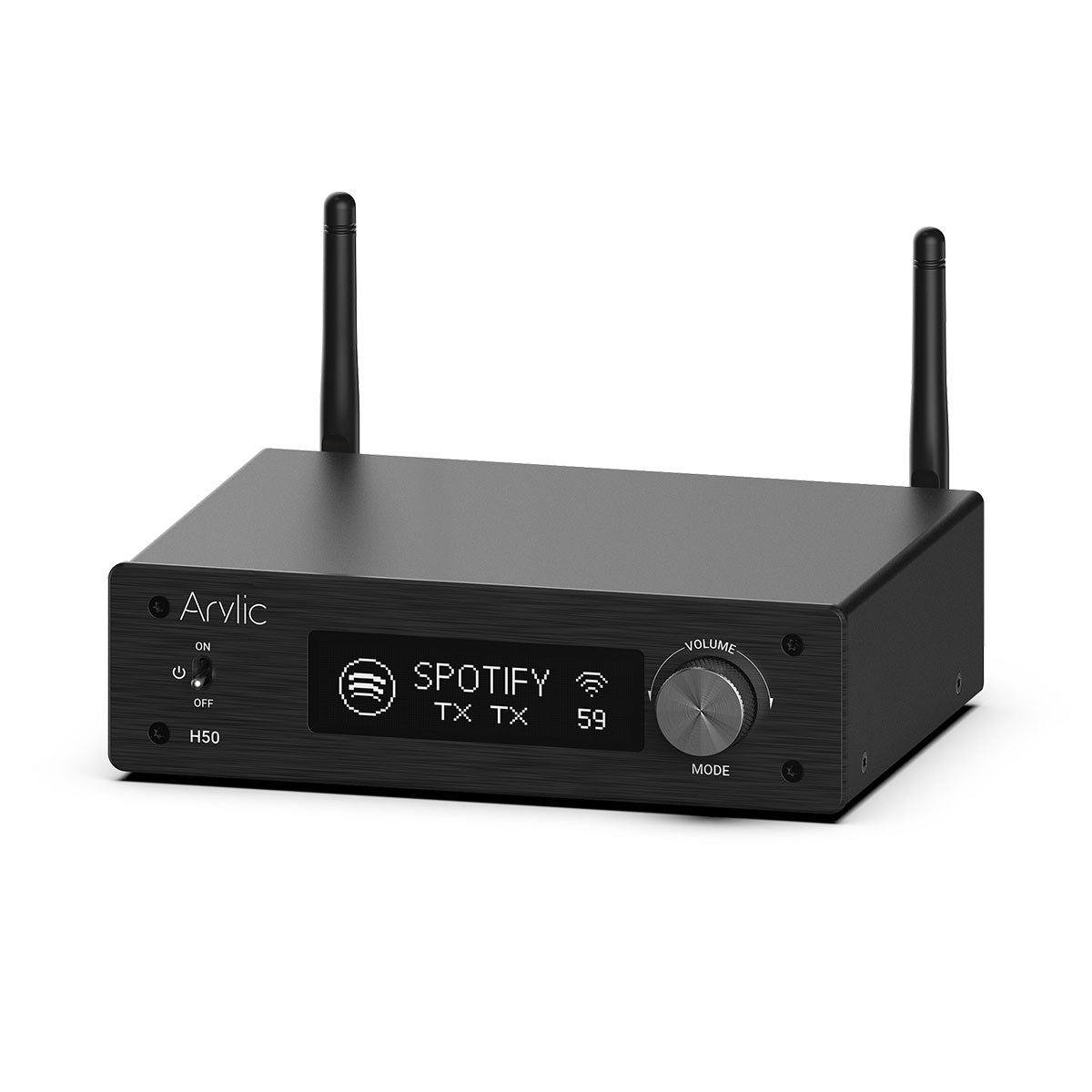
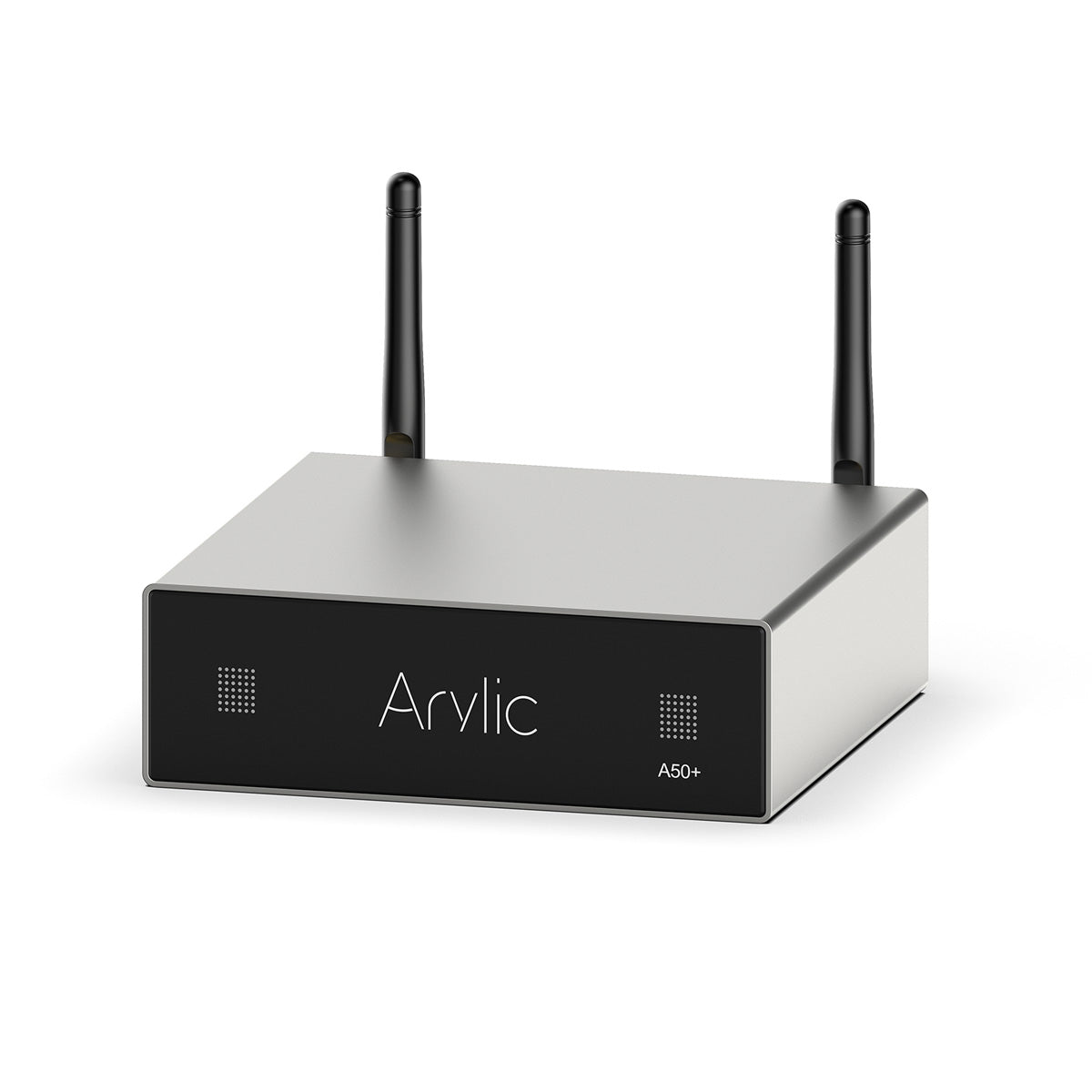
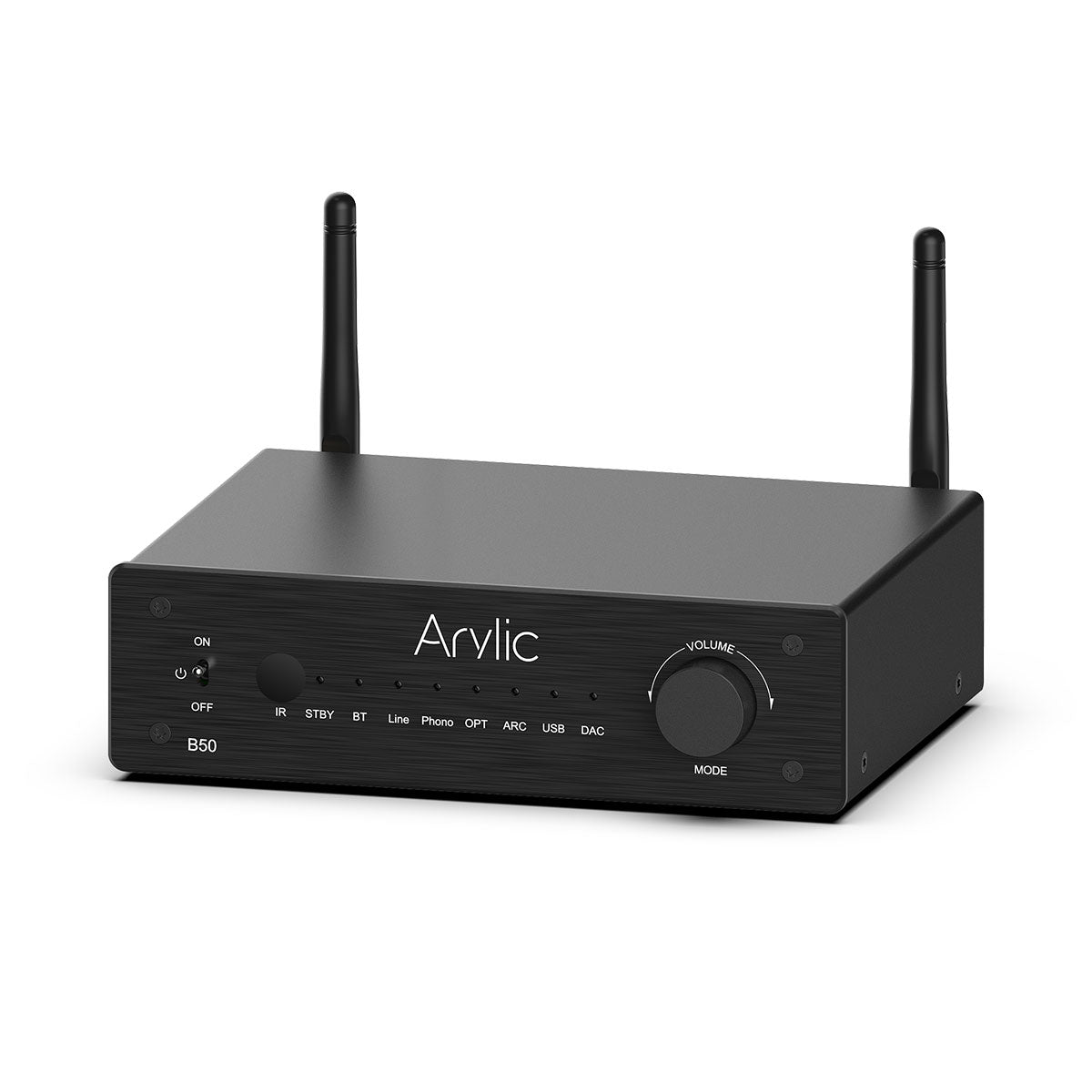
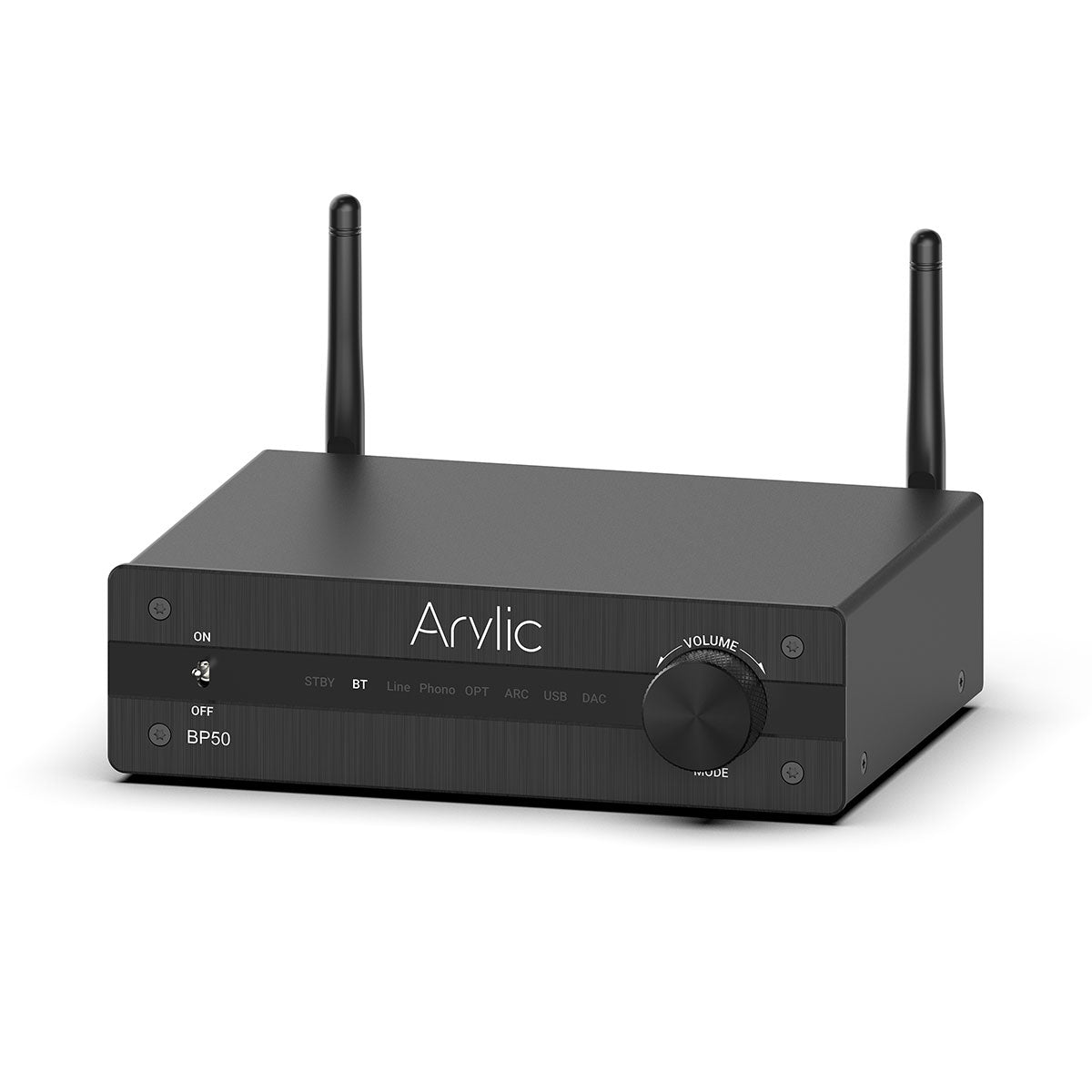
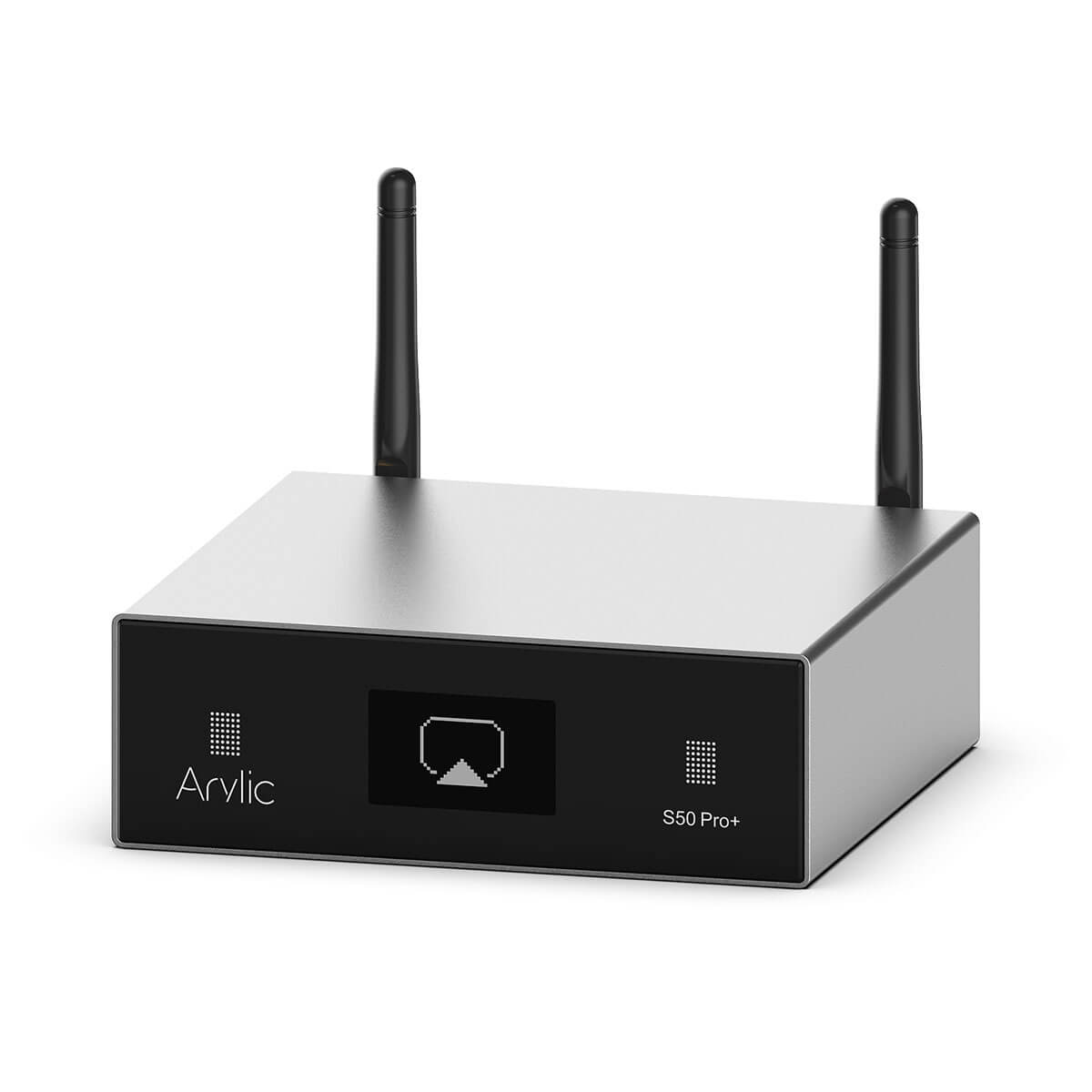
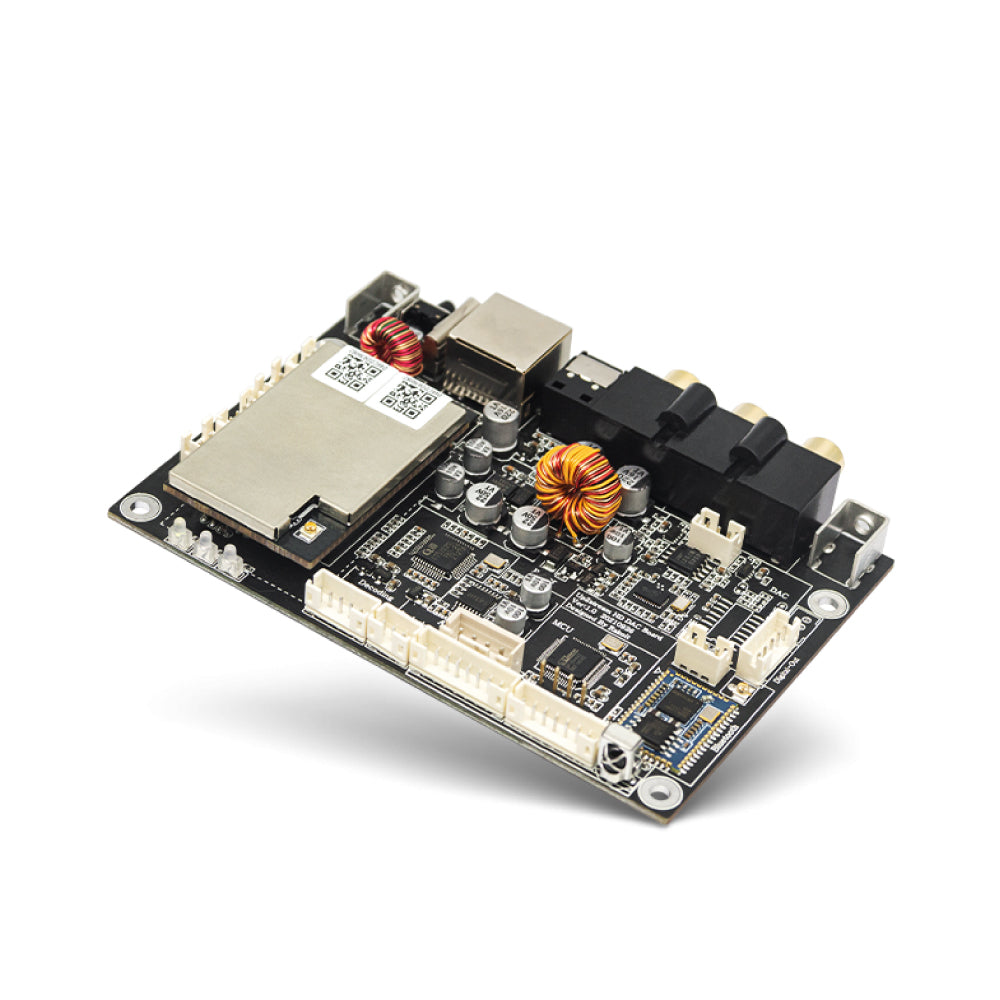
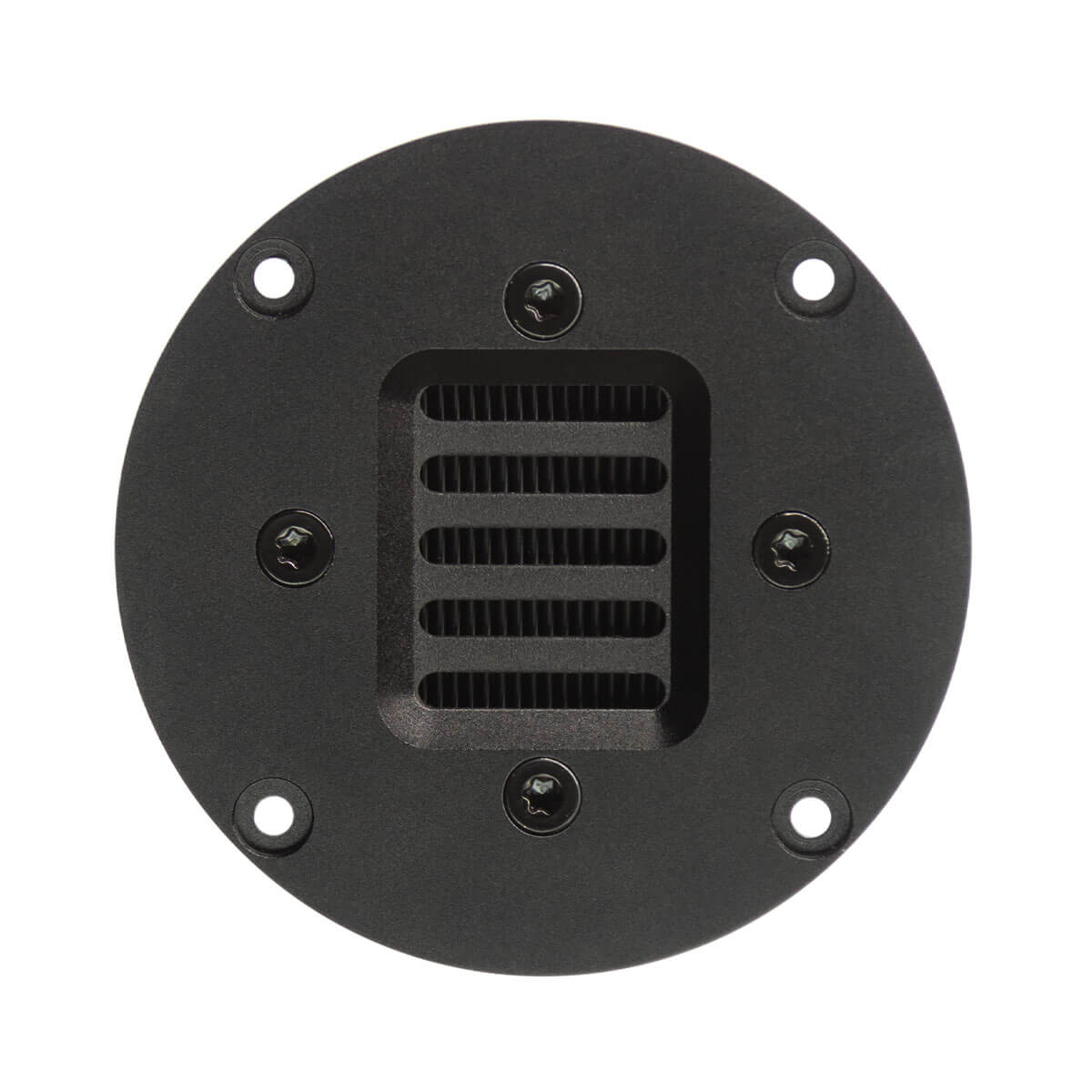
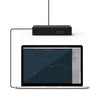
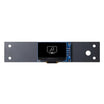
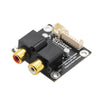
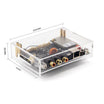
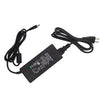
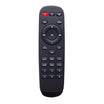

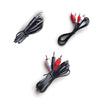



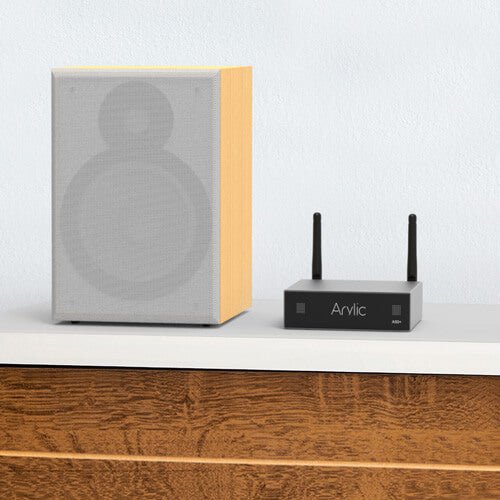
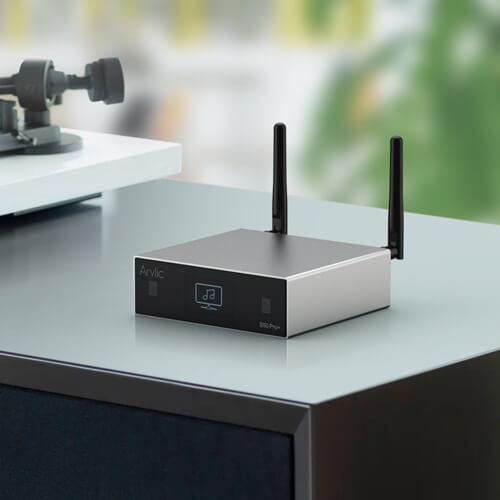
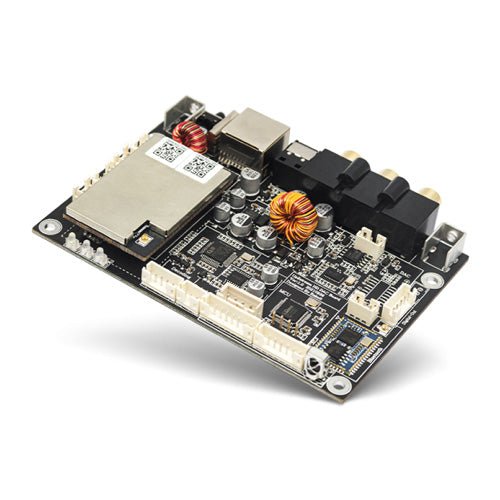

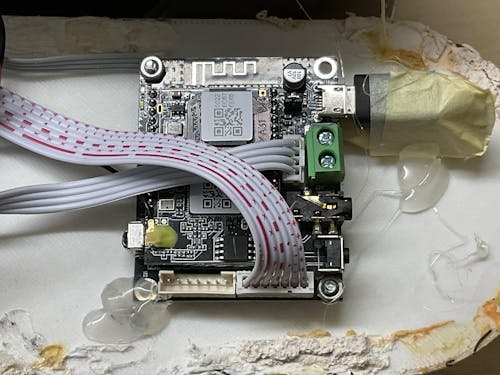

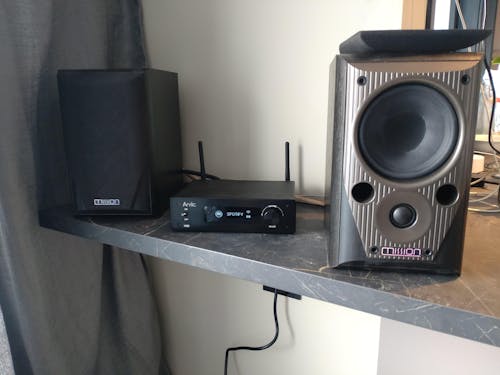
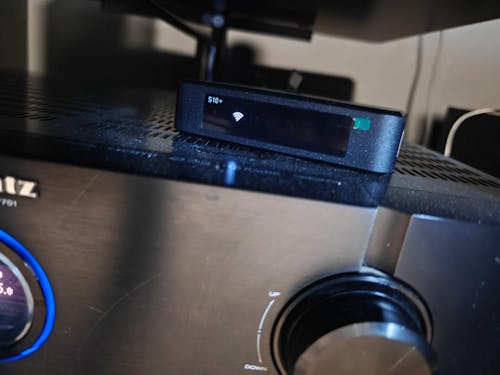
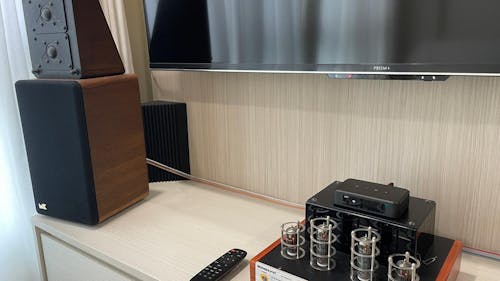
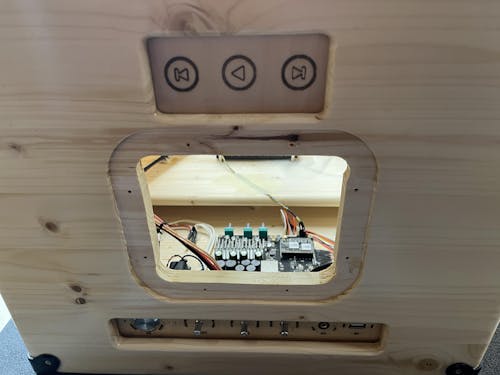
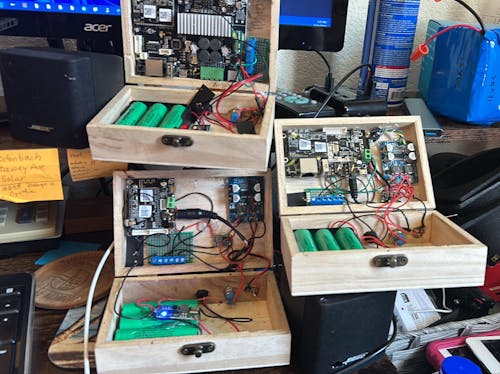
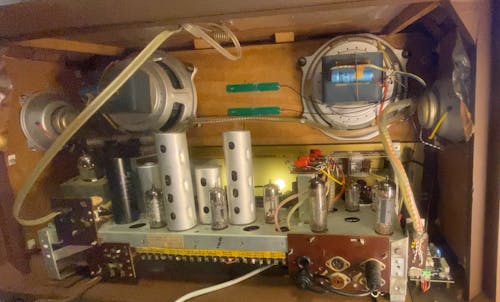
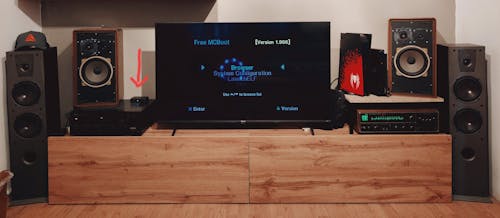

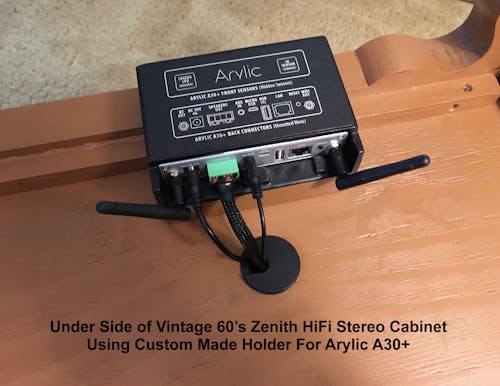
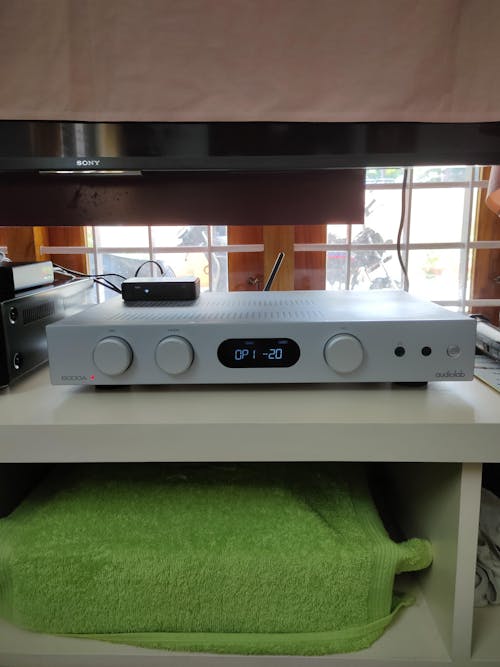
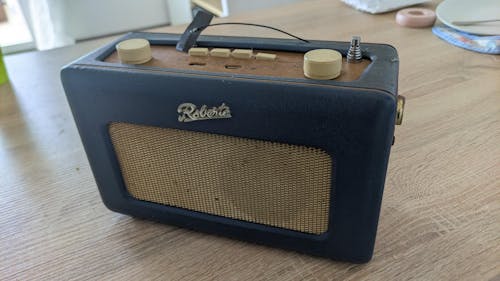
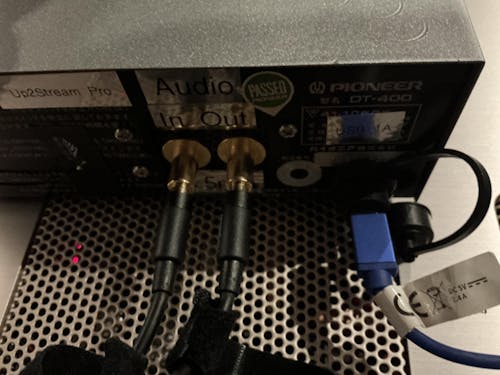
Leave a comment
All comments are moderated before being published.
This site is protected by hCaptcha and the hCaptcha Privacy Policy and Terms of Service apply.